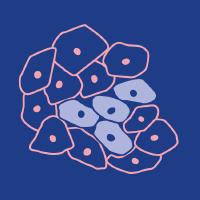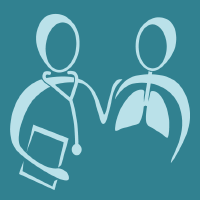Topic Menu
► Topic MenuTopic Editors

Deep Learning for Medical Image Analysis and Medical Natural Language Processing
Topic Information
Dear Colleagues,
This Special Issue mainly focuses on the application of deep learning to medical image analysis and medical natural language processing. We welcome original papers and review papers related to the topics below. In particular, this Special Issue welcomes the papers where both medical image analysis and medical natural language processing are used as multi-modal deep learning.
Research Topics:
- Cutting-edge methodology/algorithm of deep learning for medical image analysis and medical natural language processing.
- Clinical application of deep learning to medical image analysis and medical natural language processing which mainly focuses on cancer diagnosis and treatment.
- Open-source software of deep learning which is used for cancer diagnosis and treatment.
- Open data for medical image analysis and medical natural language processing which are useful for development and validation of deep learning.
- Reproducibility/validation study for open-source software of deep learning used for cancer diagnosis and treatment.
Dr. Mizuho Nishio
Dr. Koji Fujimoto
Topic Editors
Keywords
- deep learning
- medical image analysis
- natural language process
- medical imaging
- cancer
Participating Journals
| Journal Name | Impact Factor | CiteScore | Launched Year | First Decision (median) | APC |
|---|---|---|---|---|---|

Applied Sciences
|
2.5 | 5.3 | 2011 | 18.4 Days | CHF 2400 |

Cancers
|
4.5 | 8.0 | 2009 | 17.4 Days | CHF 2900 |

Diagnostics
|
3.0 | 4.7 | 2011 | 20.3 Days | CHF 2600 |

Tomography
|
2.2 | 2.7 | 2015 | 23.8 Days | CHF 2400 |

MDPI Topics is cooperating with Preprints.org and has built a direct connection between MDPI journals and Preprints.org. Authors are encouraged to enjoy the benefits by posting a preprint at Preprints.org prior to publication:
- Immediately share your ideas ahead of publication and establish your research priority;
- Protect your idea from being stolen with this time-stamped preprint article;
- Enhance the exposure and impact of your research;
- Receive feedback from your peers in advance;
- Have it indexed in Web of Science (Preprint Citation Index), Google Scholar, Crossref, SHARE, PrePubMed, Scilit and Europe PMC.


